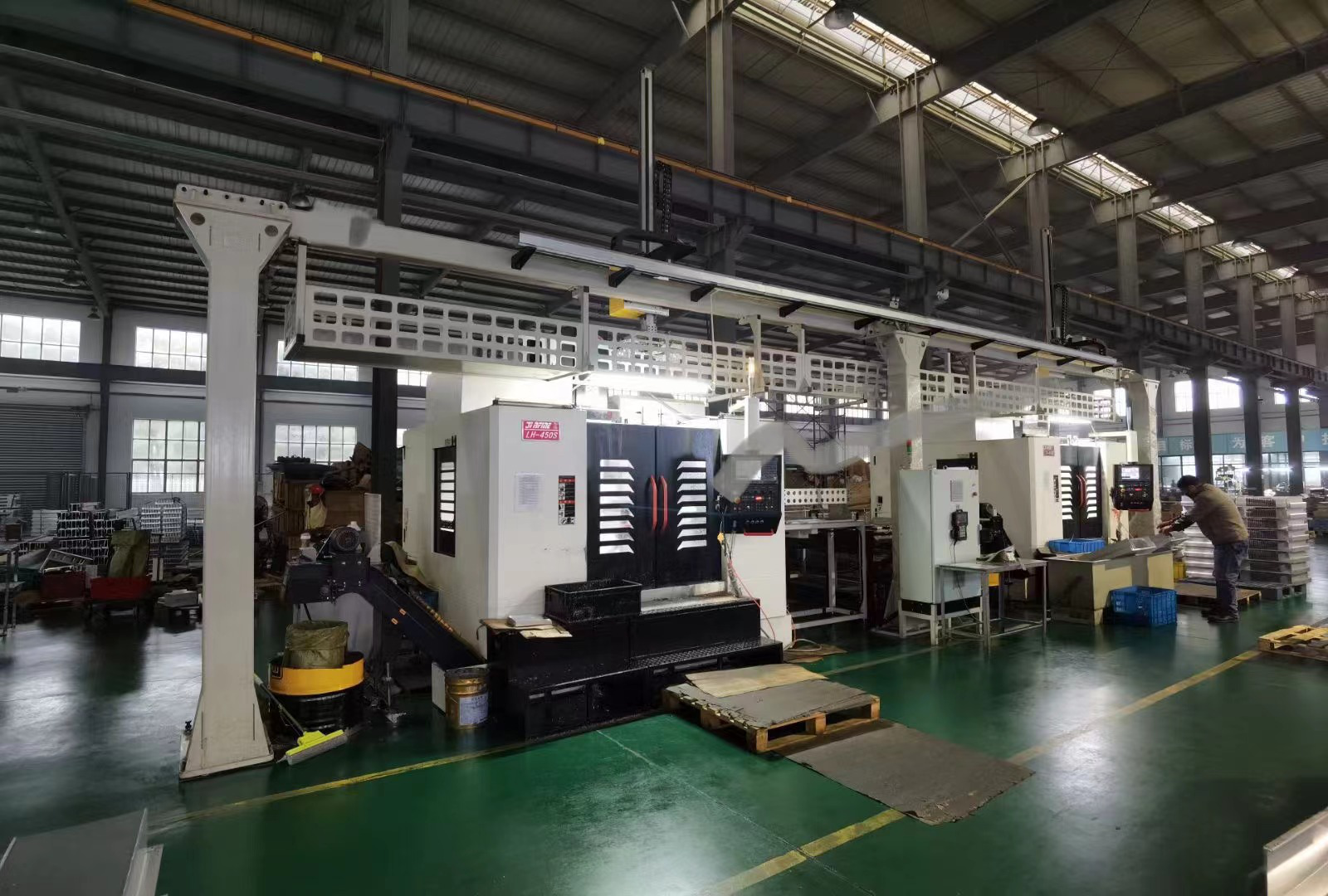Application of truss manipulator in bearing production
The truss manipulator can simplify the process of loading and unloading in machine tool processing, save time and labor costs, increase production output, and ensure product quality stability and operational safety.

What is a truss manipulator?
The truss manipulator is a fully automatic industrial equipment based on the three-coordinate system of the right angle X, Y, Z [1], which can adjust the position of the work piece or realize the trajectory movement of the work piece. Its control core is realized by industrial controllers (such as: PLC, motion control, single-chip microcomputer, etc.). Through the analysis and processing of various input (various sensors, buttons, etc.) signals by the controller, after making a certain logical judgment, issue execution commands to each output component (relay, motor driver, indicator light, etc.) to complete X, Y , The joint movement between the Z three axes, in order to realize a complete set of fully automatic operation process.
The structure and production application of the truss manipulator
Through the loading and unloading of the truss machine tool, the combination of the manipulator and the CNC machine tool can realize automatic grasping, loading, unloading, clamping, shifting and turning of the work piece, and sequential processing of the work piece in all technological processes. This can save labor costs and improve production efficiency. At the same time, its high-precision clamping and positioning tool system provides a standard interface for robot automatic processing. The repeat positioning accuracy ensures the consistency of high-precision and batch products. The online function with the machine tool is completed. The production data tracking and parameter calling of the whole line realize the automatic production of the whole line.
The automatic loading and unloading of the CNC machine tool truss manipulator is coordinated and controlled by the PLC programmable logic controller, and the action processing is performed through the cooperation of various hydraulic cylinders and air cylinders. The entire automatic loading and unloading process includes five major parts: work piece conveying, manipulator retrieving, chuck loading and unloading, manipulator feeding and sending parts to the next process. Among them, the work piece conveying and sending the parts to the next process part are executed in parallel with other parts and CNC machining. The truss-type manipulator takes material, the manipulator feeds part and the CNC machining is carried out at the same time.
The truss manipulator is built by multi-dimensional linear guide rails. Linear guides are composed of refined aluminum profiles, toothed belts, linear slide guides or rack and pinion. The cross-sectional shape of the refined aluminum profile used as the motion frame and carrier is optimized through finite element analysis, and the excellence in production ensures its strength and straightness. The bearing light bar and the linear sliding guide are used as the motion guide. The motion transmission mechanism adopts toothed belt, rack or ball screw.
Advantages of truss manipulator
(1) Efficient ----Each axis runs linearly at a very high speed, and the servo motor can be used to respond quickly;
(2) Stable ---- extremely small repeat ability error, up to 0.05mm;
(3) High-intensity---7x24 hours work, no need to eat, sleep, etc.;
(4) High precision----The positioning accuracy can reach 0.02mm (based on the production cost, the positioning accuracy can be appropriately enlarged according to the working conditions);
(5) High cost performance ----Compared with joint robots, it has a large load and low production cost, which is suitable for the basic national conditions of "China's intelligent manufacturing";
(6) Simple operation ---- Based on the Cartesian coordinate system, its motion parameters are relatively simple.



